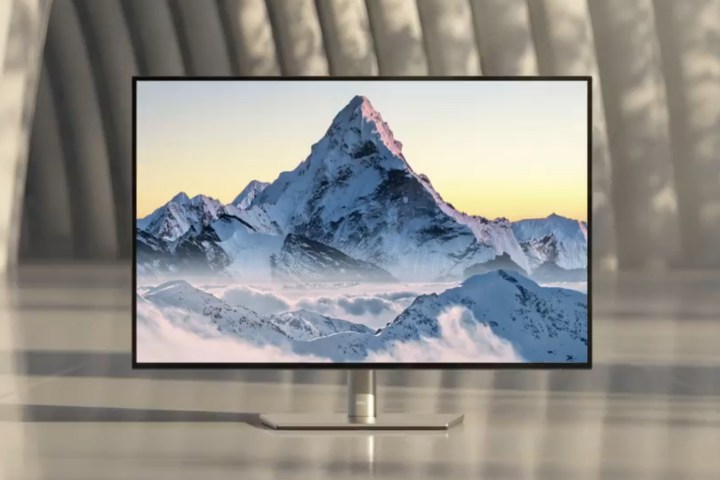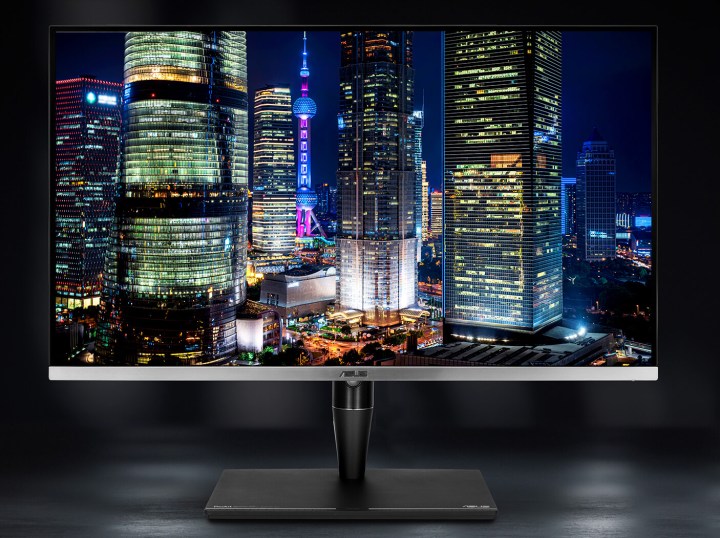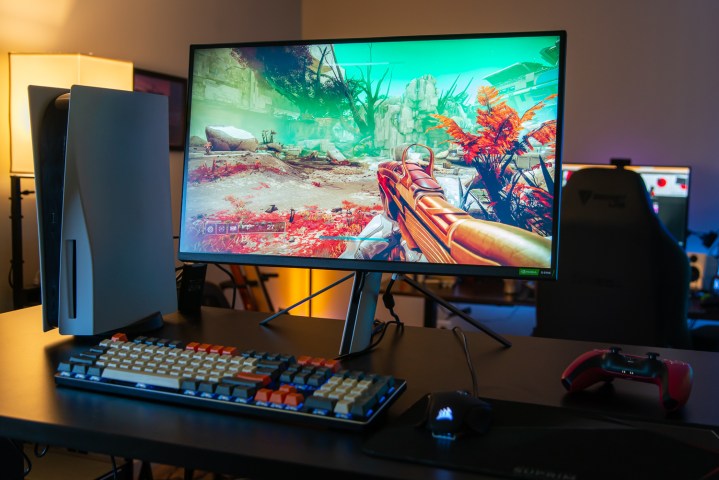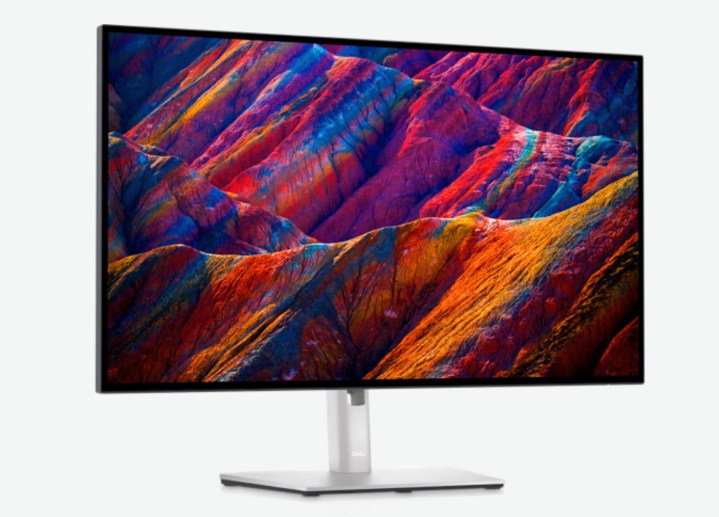
The Apple Studio Display got a lot of heat when it launched, but it’s actually quite a high-quality monitor. Colors are great, and it’s very bright, topping out at 560 nits in my own testing. Even the built-in webcam and speakers are excellent. There aren’t many full-featured 5K monitors out there quite like it.
The problem has always been the $1,600 price tag, and there’s just no getting around that. So with that in mind, here are four monitors that you should consider buying instead.
Samsung 27″ ViewFinity S9 5K Smart Monitor (S27C900PAN)

The ViewFinity S9 was meant to be a direct competitor with the Apple Studio Display, and when it launched, it matched it in terms of price. That made it a bit of a dead end at $1,600. But these days, it’s down to $900, which is a much better deal. In that same amount of time, the Apple Studio Display has remained stubbornly at its $1,600 price, with $1,500 the cheapest sale price I’ve ever seen.
Not only does the ViewFinity S9 match the Studio Display in terms of resolution, size, brightness, and color gamut, but it also comes with some extra smart features.
Using the included remote, you can run the ViewFinity S9 more like a smart TV when you need to, even without being plugged into a PC. It even comes with a built-in webcam and speakers, much like the Apple Studio Display. More than any other monitor, the ViewFinity S9 is able to compete with the Apple Studio Display spec-for-spec at a much lower price.
Asus ProArt Mini-LED Display (PA27UCX-K)

While OLED and mini-LED have caught on like wildfire on gaming monitors, adoption has been very slow for creative monitors. In fact, Asus is one of the only companies selling them, and they tend to be quite expensive. The ProArt Mini-LED display, however, still comes in at $100 cheaper than the Apple Studio Display. It comes with 576 local dimming zones, matching gaming monitors like the Cooler Master GP27Q. The result is a peak brightness of 1,000 nits, meaning it should be able to achieve some decent HDR performance. Asus claims its own calibration found a Delta-E of under 1.0, which means it’s at least on par with the Studio Display in terms of color accuracy.
Now, it should be noted that there’s a wave of new mini-LED gaming monitors that are considerably cheaper than the ProArt, which came out in 2022. These newer mini-LED displays might not be quite as creator-focused in style or features as the ProArt, but the significant difference in price is certainly worth considering.
When it comes to a direct comparison between the ProArt and the Apple Studio Display, the ProArt isn’t 5K like the Samsung, as the pixel density isn’t quite as sharp. Other than that, the only thing it’s really missing is a built-in webcam.
Sony InZone M9 gaming monitor

I tried to avoid putting gaming monitors on this list, but this one stood out from the bunch as a solid alternative to the Apple Studio Display. The Sony InZone M9 is a mini-LED gaming monitor sporting a really classy design, a 4K 144Hz display, and an affordable price of $800. Despite only having 96 local dimming zones, the InZone M9 can hit over 600 nits of peak brightness in HDR. According to our own testing, it’s plenty color accurate too.
But really, I’m choosing this one for its style. It has a unique aesthetic — and not one that only screams “gamer” like other designs do.
If you’re less worried about the look, a $900 LG mini-LED monitor, the UltraGear 27GR95UM, is probably an even better option, as it has a whopping 1,560 dimming zones. I would have loved to include one of the new OLED gaming monitors, but there’s not currently a 4K 27-inch option available. If you’re willing to give up some of that sharpness for the incredible contrast and clarity of OLED, though, there are plenty of good options.
Dell UltraSharp 27 4K USB-C Hub Monitor (U2723QE)

Dell does have a 5K monitor in its lineup, but it’s a massive, 40-inch behemoth that costs more than the Studio Display. Instead, I’d recommend this UltraSharp monitor, the U2723QE. It’s not as sharp as the Studio Display, which technically has 25% more pixels. But if you’re willing to give that up for a significant drop in price, the UltraSharp 27 4K is a great option at just $580.
It also comes with IPS Black, which should enhance contrast levels higher than the Studio Display. It’s not mini-LED or LED, but it’s definitely an improvement over conventional LED. Dell’s monitors tend to be quite color accurate as well. Don’t get me wrong — this is a step down from the Apple Studio Display in almost every way, but at over $1,000 cheaper, it’s certainly worth considering.


